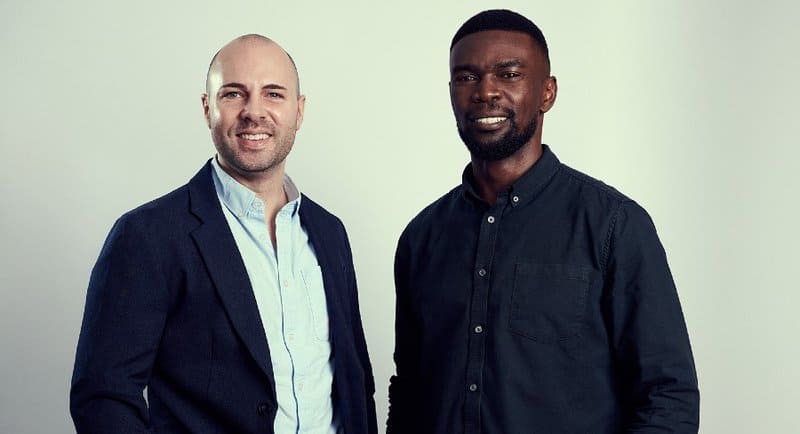The following is an extract from Scott Purcell’s original article, “The AI Apocalypse for Publishers Isn’t Coming – It’s Already Here”.
Just like 2024 the start of 2025 has delivered a bruising start for Australian media. Job losses across major outlets paint a stark picture: Nine cutting up to 200 roles, Seven reducing 150, and ACM winding back its print operations and shedding 35 editorial positions.
Pedestrian TV, part of Nine, underwent a restructure that could affect around half its workforce. News Corp, meanwhile, is eyeing $65 million in cost savings with accompanying cuts. The ripple effects are far-reaching – from regional newsrooms to capital city mastheads.
But this isn’t just about headcount. It reflects a deeper existential challenge for publishers: the rapid rise of generative AI, which is shifting how audiences access content and, critically, how traffic flows online.
Tools like ChatGPT, Google’s Gemini-powered AI Overviews, Perplexity and others are reshaping the landscape. While these platforms promise convenience for users, they risk hollowing out the discoverability of independent media by serving AI-generated summaries instead of surfacing publisher links.
Publishers, particularly smaller independents, face the double threat of diminished visibility and their content being used to train these models – often without consent or compensation.
It all sounds fairly grim, doesn’t it? But here’s the twist: I don’t think it has to be.
The AI “apocalypse” is real, yes – but it’s not the end. Rather, it’s a wake-up call. And if publishers can pivot quickly and smartly, there are plenty of opportunities to not just survive but actually grow stronger in this new paradigm.
1. Reclaiming Direct Relationships
The first step is to stop relying so heavily on platforms like Google and Facebook for reach. That era is over. Publishers need to invest in owned channels – newsletters, podcasts, mobile apps, community hubs – where they can connect directly with their audience without the middlemen.
At Man of Many, for instance, we’ve doubled down on our newsletters and video. We’re also investing in subscription products and developing community-led experiences – not just chasing the next click, but building deeper loyalty over time.

Man of Many co-founders Scott Purcell and Frank Arthur
2. Build for AI Discovery
AI search isn’t going away – so it’s time to optimise for it. Publishers should think about Generative Engine Optimisation (GEO), not just SEO. That means structuring content for clarity and authority, targeting informational queries, and ensuring schema markup and data hygiene are in place so AI systems can understand and attribute content correctly.
Clear, structured, helpful content will be key to staying visible in this new ecosystem.
3. Create Unreplicable Value
The best way to future-proof your content? Make it human. AI can summarise, remix and recycle – but it can’t replicate lived experience, local knowledge, deep investigation or a distinctive editorial voice. Whether it’s on-camera personality, analysis with actual nuance, or journalism that exposes uncomfortable truths – original content remains the most valuable currency in publishing.
4. Use AI Strategically, Not Unthinkingly
There’s a place for AI inside newsrooms – not to replace journalists, but to help them move faster and smarter. From automated transcripts and summaries to internal tools like Google’s Vertex AI or newsroom integrations like the NYT’s Echo, publishers should adopt AI to reduce inefficiencies while setting clear editorial boundaries.
Publishers should set clear internal policies to manage how AI is used responsibly, preserving editorial integrity while embracing the efficiencies it offers.
5. Advocate for Fairness
Lastly, we need to keep the pressure on. AI companies, platforms and governments must be held accountable to ensure publishers are compensated fairly, through transparent licensing agreements, protections against content scraping, and visibility into how AI tools source and display media.
This isn’t just a publisher problem – it’s a critical issue for agencies and advertisers too. Without a sustainable ecosystem of independent media, brands will have fewer credible, trusted environments in which to promote themselves. The halo effect of advertising alongside quality journalism is well-documented, yet budgets continue to funnel into closed platforms, starving the very outlets that deliver impact and trust.
Agencies and brands have a real role to play here by actively rebalancing spend and building direct partnerships with publishers. Because if we lose these voices, we don’t just lose journalism – we lose one of the last brand-safe spaces in digital media.
These are not quick fixes. But they are necessary shifts. If publishers can embrace them, there’s real potential not just to survive this transformation – but to come out of it stronger, more independent, and more valuable than ever before.
For more in-depth research, analysis, data and commentary, you can read the full article here: https://www.linkedin.com/

